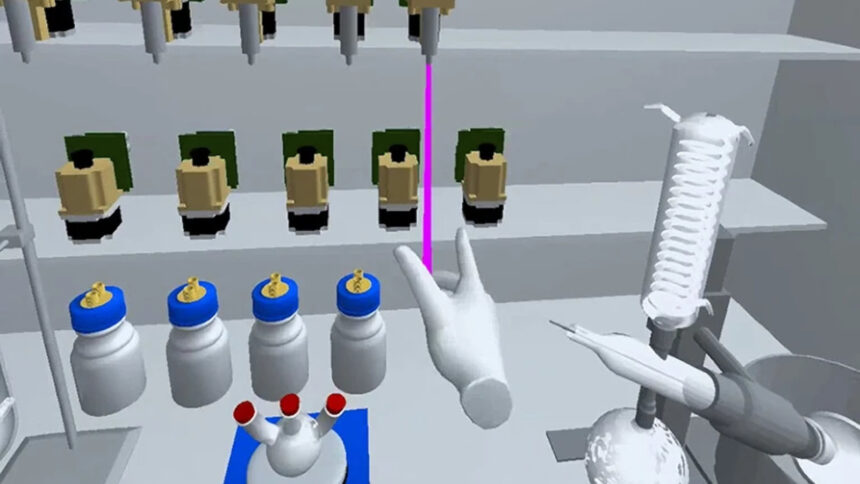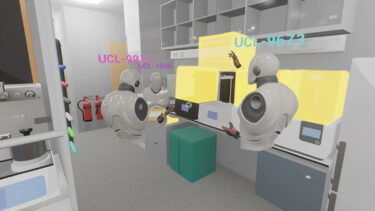Scientists are exploring new ways of sharing, collaborating, and working in VR to connect globally and boost productivity.
Virtual reality removes the limitations of physical space, expanding labs, dissolving boundaries, and changing perspectives. Scientists are stepping beyond the laboratory and lecture hall to achieve more in VR.
VR has unlimited potential
A recent article in the science journal Nature shared insights into how VR is changing what’s possible.
VR Challenges
The biggest obstacles to exploring science in VR are creating environments and apps. An investment of time and money is needed to build virtual tools and spaces for scientific experiments, study, and collaboration.

The cost of hardware is minimal. The article pointed out a Meta Quest 2 is sufficient for virtual science, and it can be connected to a computer for VR to PC interaction. The cost is low enough to make multiple VR headsets affordable.
The number of companies and institutions exploring virtual research, training and education is growing rapidly, so it’s only a matter of time until VR use becomes a pervasive tool for science.
Source: Mixed News





